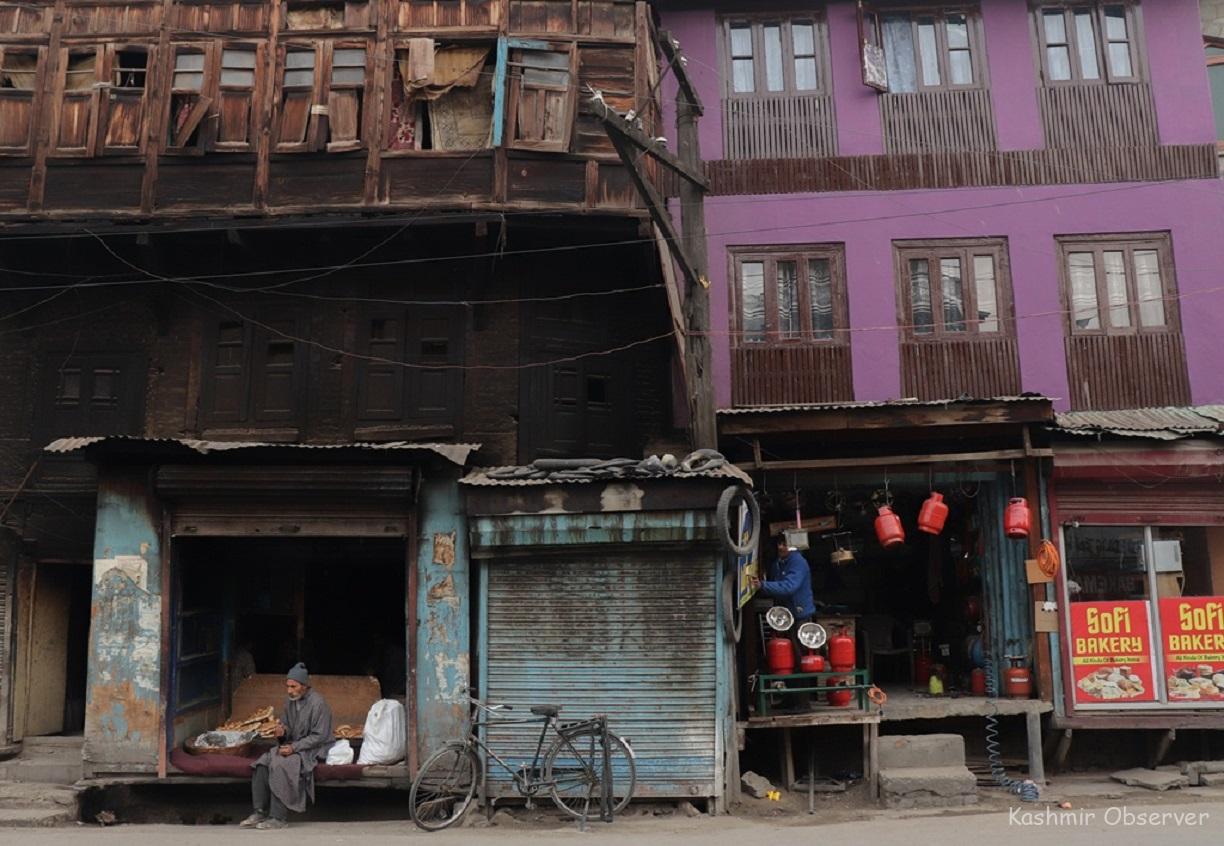
Amid the Smart City drive, the fate of old structures and juxtaposed landmarks remains uncertain in Srinagar.
SRINAGAR’S classic countenance would once fuel fantasies with its grace and grandeur and spark poetic praises. But now, the rundown residences are defying the picture-perfect of what once was the Venice of East.
What remains now are the distorted dwellings — mostly long, symmetrical facades, looking east and west, with several windows for taking the air, fascinating staircases and a collection of Kashmiri artistry.
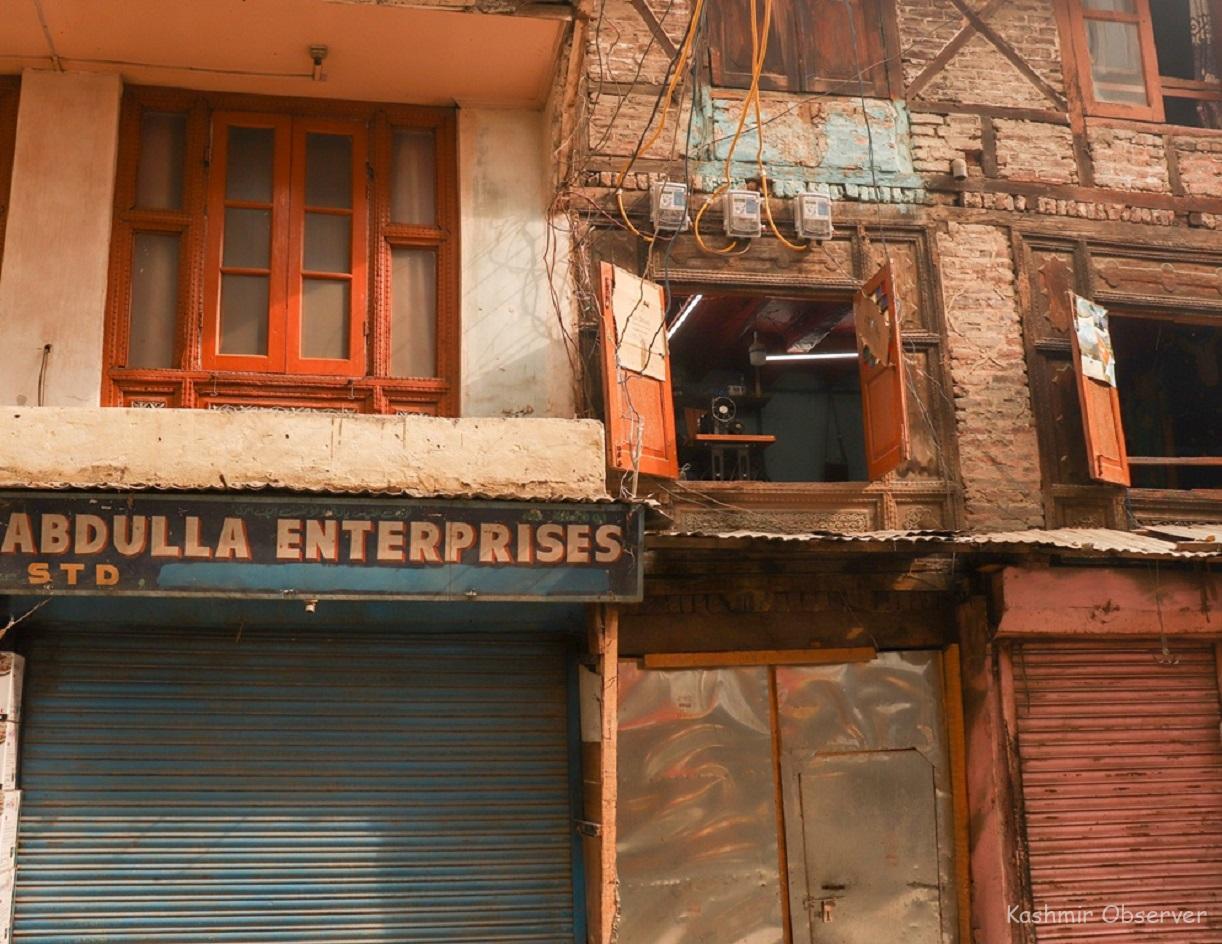
These structures would constitute an ideal-abode for craftspeople. However, the new non-indigenous structures have pushed and pulled this architectural history of everyone to obscurity.
And now, the future of these old-structures has seemingly frozen in time and stares into the dark.

The quintessence structures around the seven bridges compelling the Bard of Jhelum, Agha Shahid Ali, to pen down glorious tributes are no longer a poetic panorama.
The urban structures no longer give an unobstructed view of the calm riverline. The official stand on this new wave is mere an architectural analogy created by the change.

Unlike contemporary perspective struggling around a stack of steel cube like units, the intellectual appetite of yore was written in a pure genre of geniusness in old structures.
The new addresses now resemble a row of fridges stacked vertically to building-size proportions. They’re just tasteless experiments.
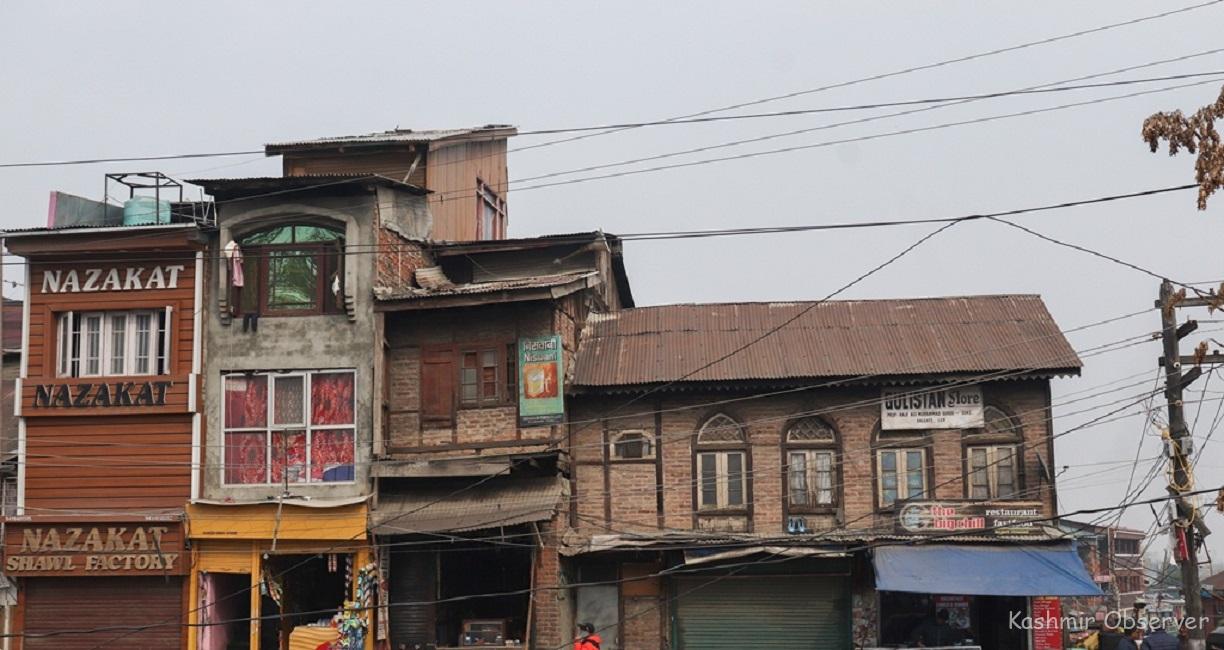
Kashmir’s heritage structures were once considered to be a pilgrimage. These buildings usually stand out against a crowd of much more generic surrounding structures.
For many international visitors, such buildings were an architecture nerd’s equivalent of a celebrity selfie. These buildings today are in a conspicuous state of disrepair. Their bodies are pockmarked.
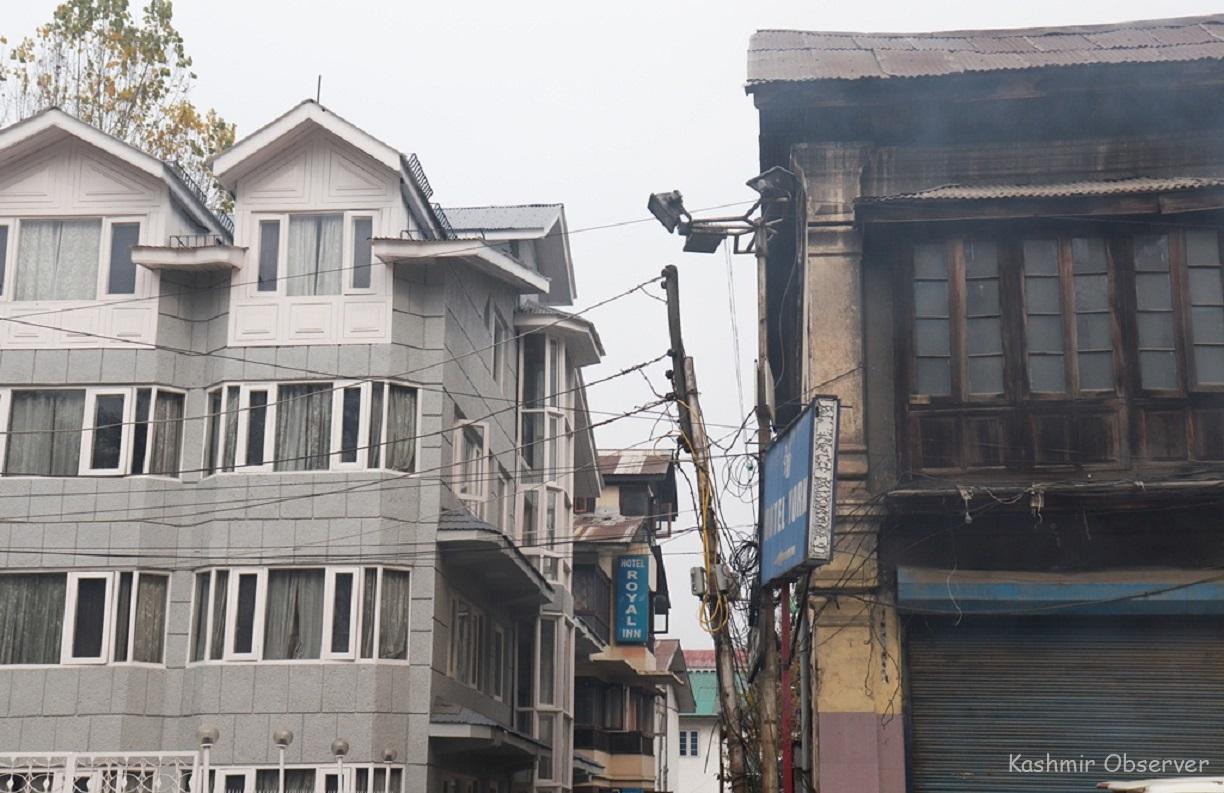
Since last year, everyone in Kashmir, especially in Srinagar, is doing a back-and-forth over the buildings’ fate. These grand-old structures are now rendered bereft and doomed.
The impending time for such structures didn’t come to pass and their dynamic vision is no longer woven into the fabric of the long-lasting architecture.
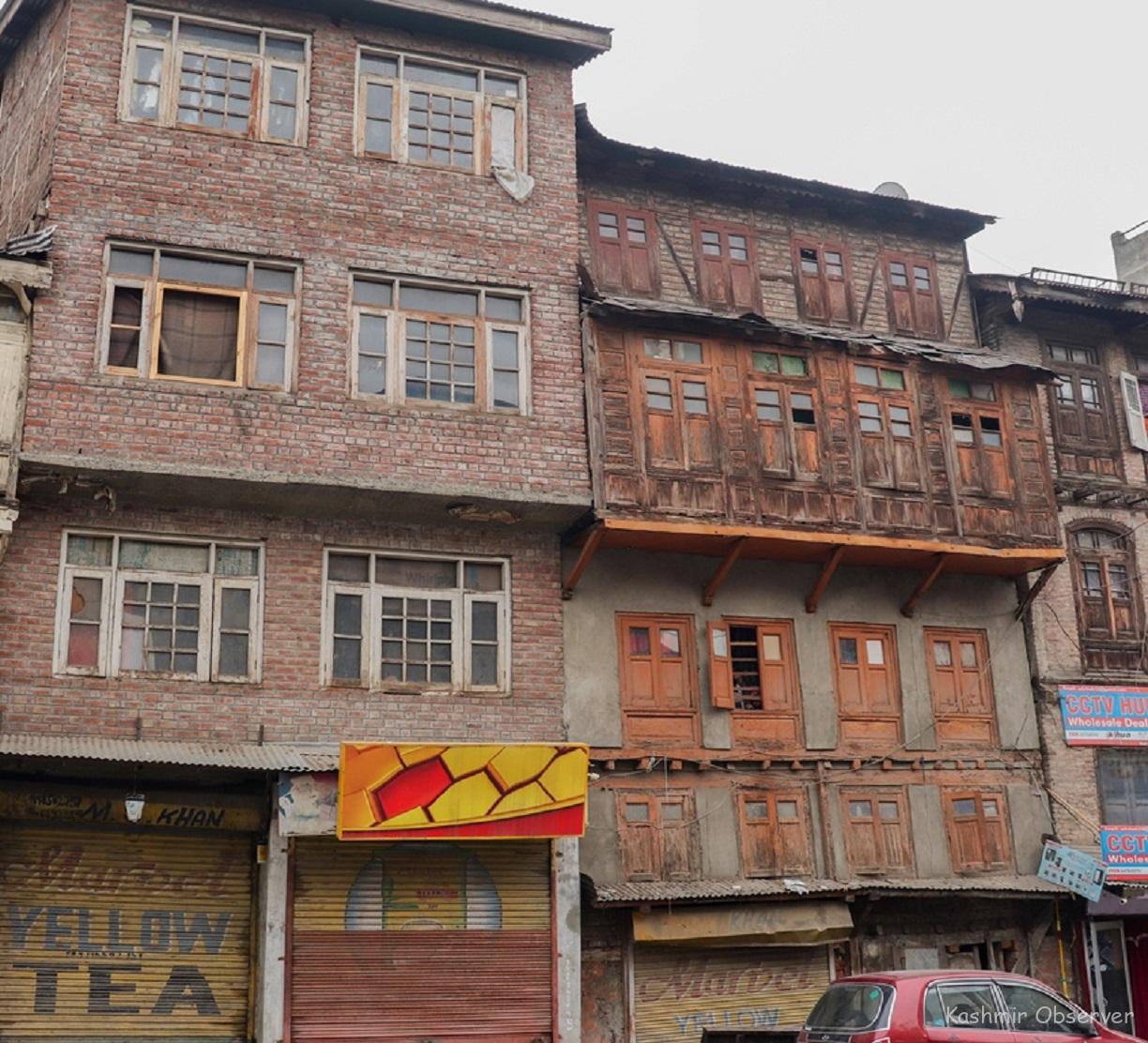
Much of the structural change is being attributed to the craftspeople. Unlike the old masters, the new architects are champions of the new style that express bitter-disappointment for its failure.
It’s pretty understandable why straight lines are easy and curves are hard. Most of the new structures are just collections of boxes. It’s mostly like toddlers playing with rubber blocks.
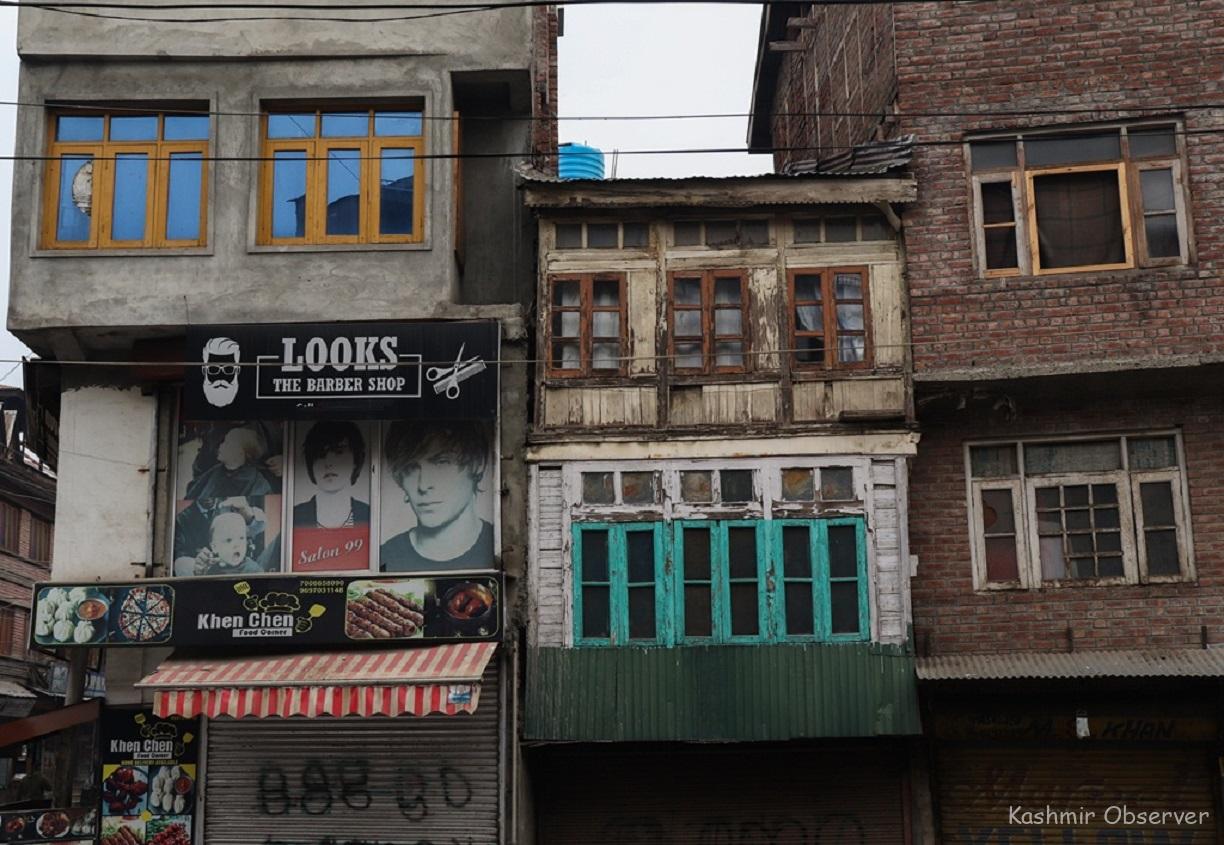
When structures were made in the past, the process would yield the curves and master builders earned their respect with arches and wooden rooftops. However, the new shapes are mostly cheaper in style. It’s the tyranny of time.
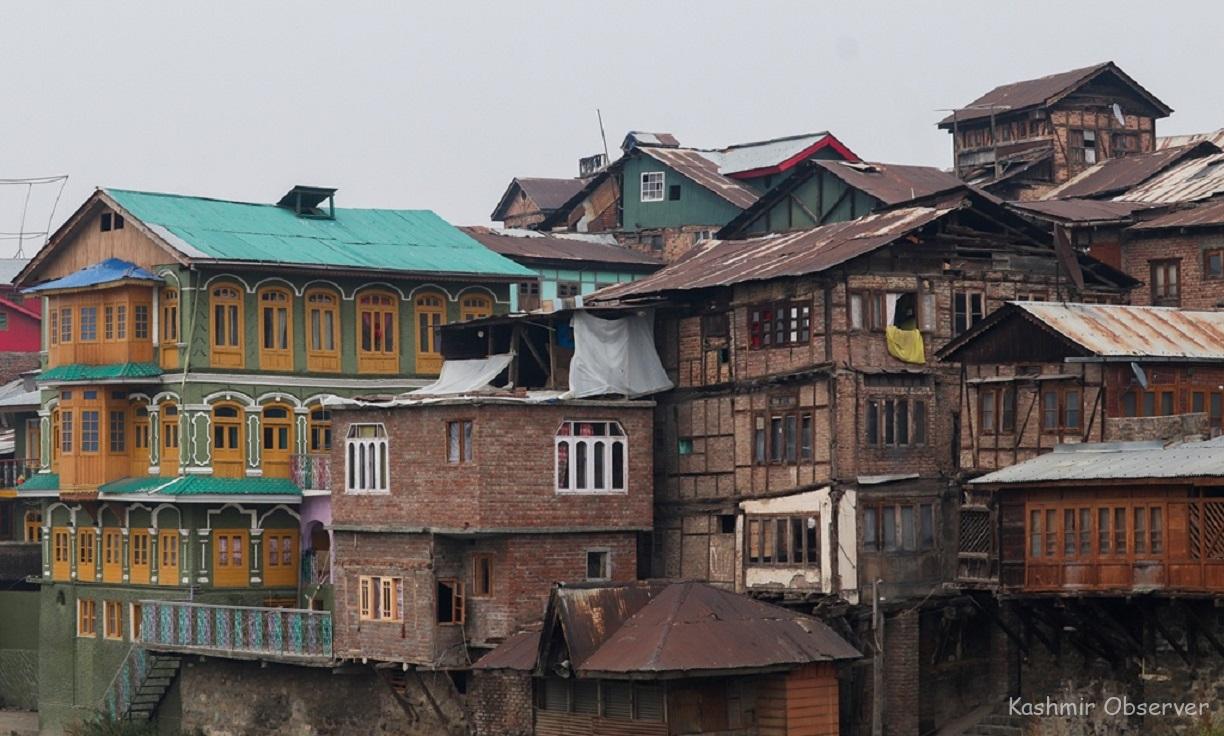
Besides the structure, the wooden windows have now changed into steel. It feels as if people vanished in these windows, and for the most part one cannot know, at least for a while, if they actually ever sit there as witnesses of the life and time in the valley.
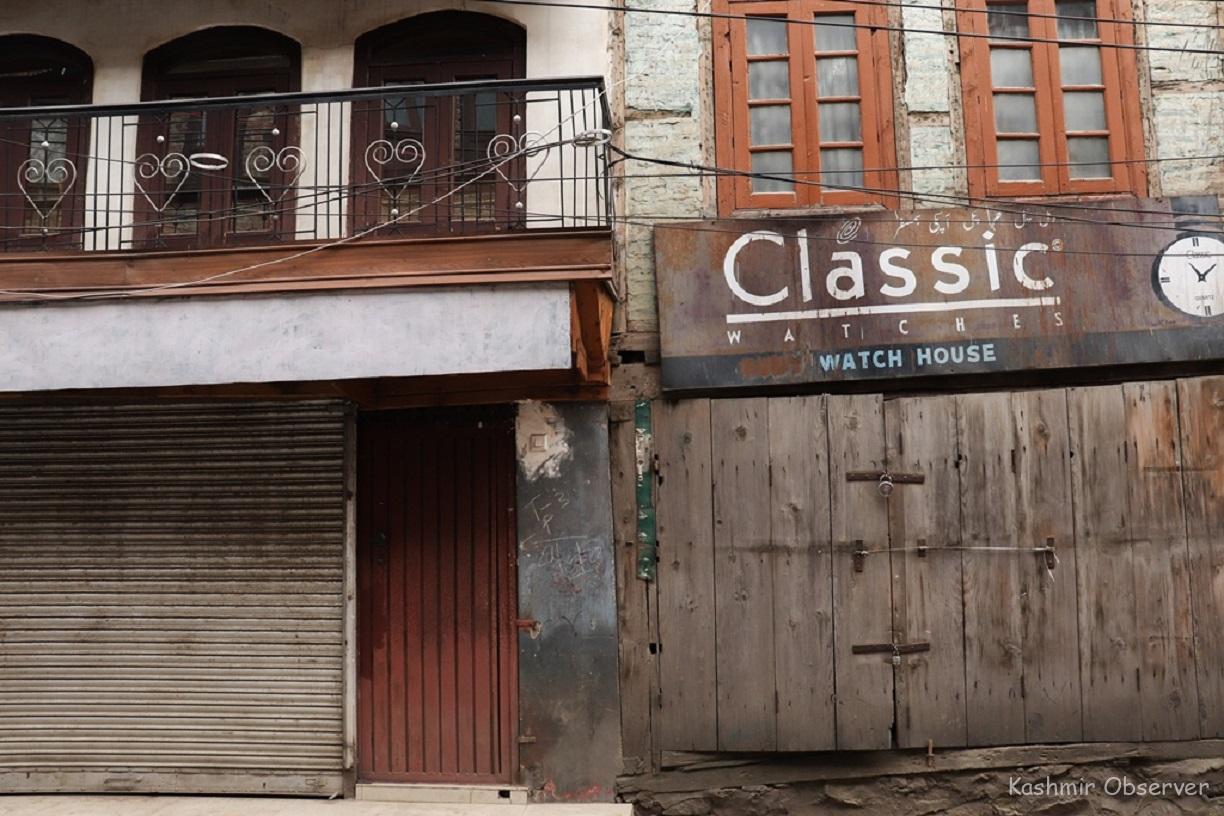
It wouldn’t be wrong to trust the oldtimers when they say that the classic craftsmen were hired to build impossible things. However, the new architecture is no longer drawn to its culmination through the potential for magic and the glimmer of hope that invigorates the mundane.
The master artists learned the flaws and foibles of construction with each passing day. But, the latest mansions are a long and haphazard apprenticeship. It may be a delightful stunt but with a dead look.
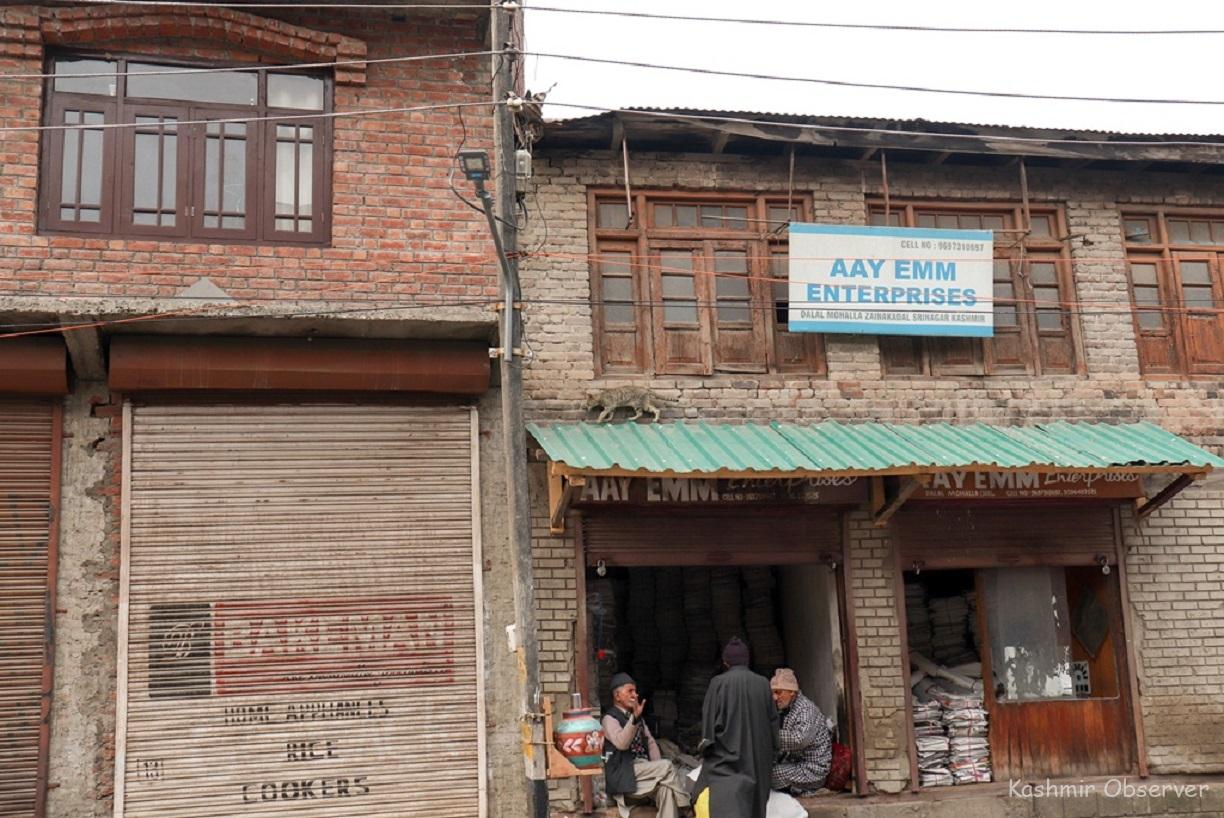
In the cat race to promote cities that provide core infrastructure, give a decent quality of life to their citizens and apply smart solutions to improve services and infrastructure, these new projects push behind the idea of heritage and Kashmir’s architectural history.
The new structures are like pop-up obstacles, piling on complexities. It shows the desperation to reach first.
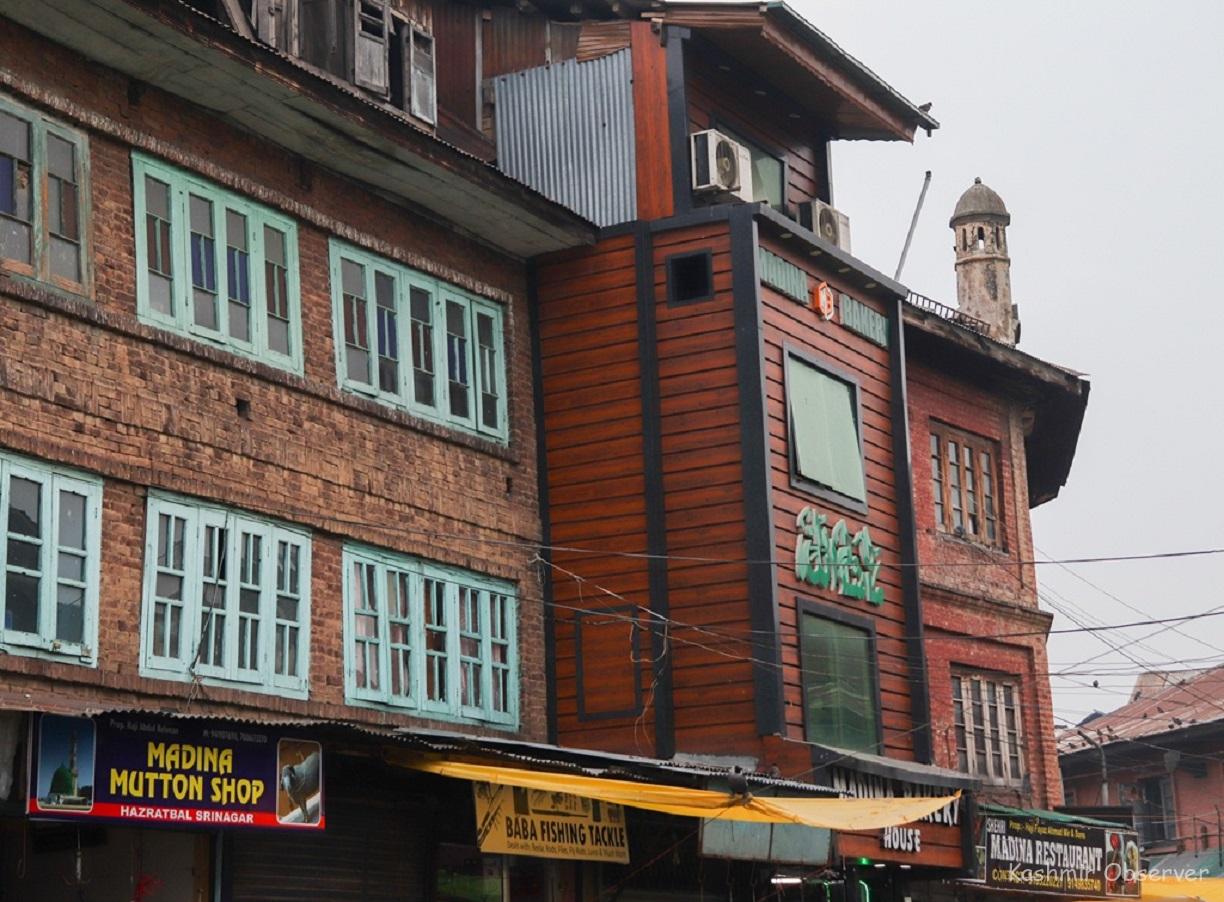
The old designer choices of material and design weren’t just aesthetically fashionable, their main purpose of constructing a building was to function as a soothing place for the soul.
Much of the modernist architecture can be understood as waging war on the valley’s architectural importance.
As extreme as the aesthetic of modern architecture seems today, many in the valley are sure that it is safe. But, the new design still looks like blank and empty boxes.
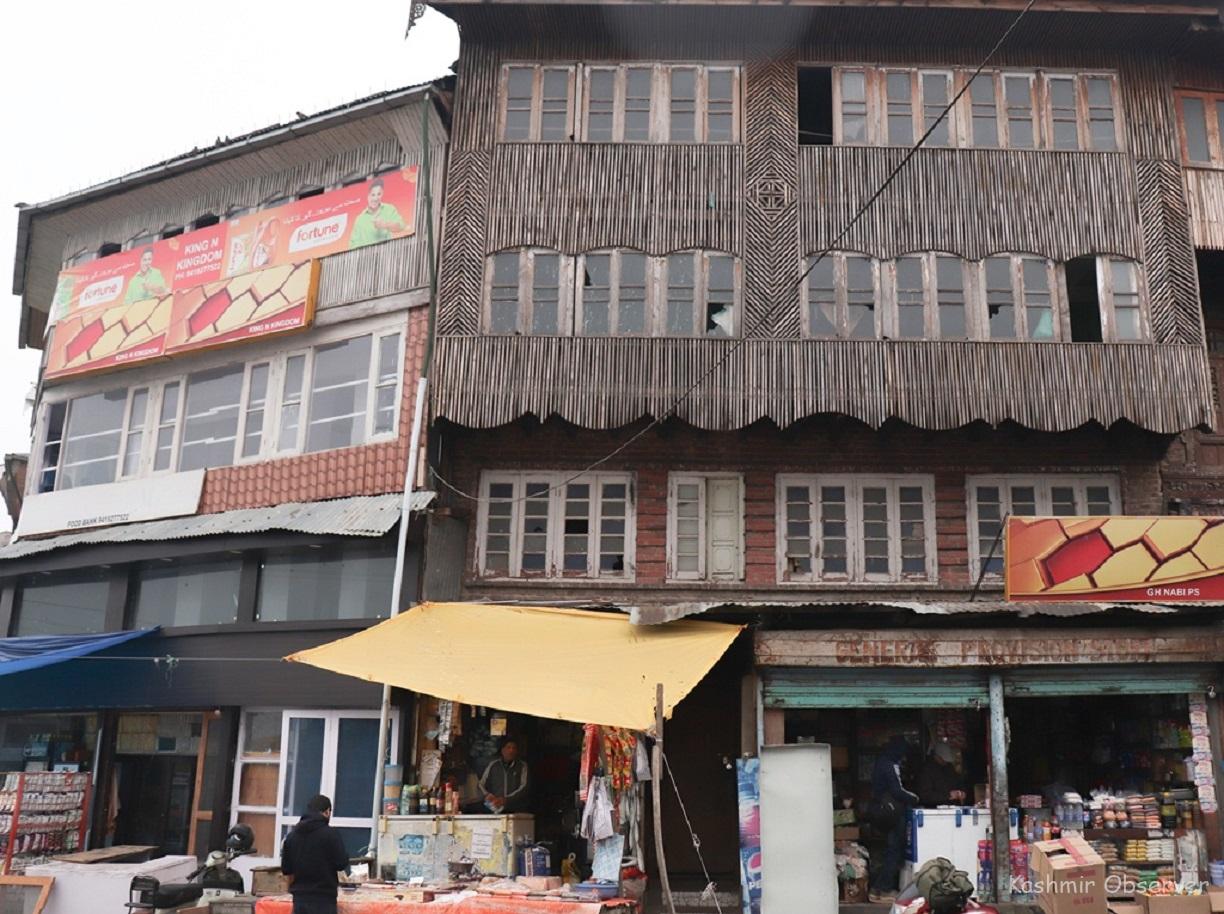
Even Agha Shahid was concerned about how ugly buildings had come up in place of the old ones and how original Kashmiri architecture, which is so unique, was slowly vanishing.
Now that traditional Kashmiri homes are facing an onslaught, it’s hard to imagine any writer romanticizing Kashmir and glossing over the importance of architecture in life.
Follow this link to join our WhatsApp group: Join Now
Be Part of Quality Journalism |
Quality journalism takes a lot of time, money and hard work to produce and despite all the hardships we still do it. Our reporters and editors are working overtime in Kashmir and beyond to cover what you care about, break big stories, and expose injustices that can change lives. Today more people are reading Kashmir Observer than ever, but only a handful are paying while advertising revenues are falling fast. |
| ACT NOW |
| MONTHLY | Rs 100 | |
| YEARLY | Rs 1000 | |
| LIFETIME | Rs 10000 | |











